By George Whitten, BosNewsLife Senior International Correspondent

WASHINGTON D.C., USA (BosNewsLife) — Confronted by the worst financial crisis in decades, the U.S. House of Representatives passed a $819 billion economic stimulus package, the biggest in the country’s history.
The package, strongly backed by United States President Barack Obama, passed by 244-188, despite objections raised by House Republican leaders who fear federal spending could spiral out of control. No republicans voted for the bill despite Obama’s pleas for bipartisan support.
“We don’t have a moment to spare,” Obama said at the White House as congressional allies hastened to do his bidding at a time of the worst economic crisis since the Great Depression.
A Republican alternative package proposal was defeated 270 to 159.
Democrats used Biblical terms to push their bill through with Alan Grayson (Dem, FL) saying it “shelters the homeless, and heals the sick. It helps us to look forward to a day where we beat our swords into plowshares.”
PUBLIC WORKS
Under the bill, billions will go to public works as well as aid to state governments, bailouts, and tax cuts.
The largest allocation of funds is designated for public works road projects such as highways and bridges. The bill contains roughly $607 billion in government spending and aid to states governments.
Another major part of the stimulus package is a $212 billion tax-relief package which includes a plan to give a $500 payroll tax holiday. Other programs, initially planned, were scrapped from the package at the last moment, including an initiative to pay for contraception and reduce sexual transmitted diseases.
House Speaker Nancy Pelosi initially defended the policy initiative on Sunday on the ABC network’s “This Week program saying, “”Well, the family planning services reduce cost…One of those — one of the initiatives you mentioned, the contraception, will reduce costs to the states and to the federal government.”
BORROWING MONEY
The Congressional Budget Office (CBO) told Congress Tuesday January 27, the long-term cost of the estimated $819 billion economic recovery package would cost a total of $1.2 trillion. That includes the estimated $350 billion in interest the plan would cost because the government plans to borrow the money to fund the plan.
One estimate by the CBO said only $26 billion would be allocated this year on infrastructure and public works spending as states and cities.
The CBO also estimates that roughly 64 percent of the $825 billion package would be put to use in 2009 and 2010, assuming a stimulus bill is signed into law in mid-February.
However, House Republican leaders meeting with Obama Tuesday, January 27, expressed concerns about the stimulus package, saying it only served “selfish” interests.
Representative Roscoe Bartlett told Obama: “Mr. President, I probably come at this from a slightly different perspective. I remember the Great Depression very well. I don’t remember any of the many government programs affecting the course of the Depression.”
HIGH UNEMPLOYMENT
With unemployment at its highest level in a quarter-century, he recalled that “Government programs didn’t work then, I don’t know why we think they would work now.” Bartlett stressed that, “our obsessive borrowing has fully mortgaged my kids and my grandkids. Now we’re working on mortgaging my two great-grandkids. Mr. President, I think it’s more than a little bit selfish to try to solve our economic problems which we created by burdening future generations yet to be born.”
Meanwhile the U.S. central bank, the Federal Reserve, announced Wednesday, January 28, that it was going to keep interest rates at historic lows for quite some time, which analysts suggested would keep rates at 0-0.25% for the rest of the year.
However, not all economic pundits agreed with the measure. Some economic analysts compared it to printing massive amounts of money and said low interest rates would contribute to an atmosphere of hyper-inflation.
On September 1, 2009 the U.S. government had $936.138 billion in circulation. Just three months later on December 1, 2009 there was $1,692.552 trillion dollars in circulation, according to estimates. Some economists have also raised red flags with the creation of $756 billion in brand new dollars in such a short period of time.

The U.S. Treasury Department announced Tuesday January 27, investments of approximately $386 million in 23 banks as part of its Capital Purchase Program. To date, the Treasury Department has invested $194.2 billion in 317 institutions. (BosNewsLife’s NEWS WATCH is a reguar look at key news developments impacting the Church and/or compassionate professionals in this rapidly changing world).








